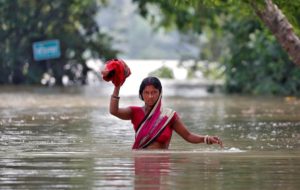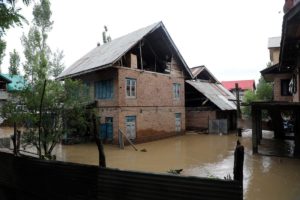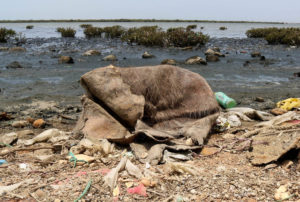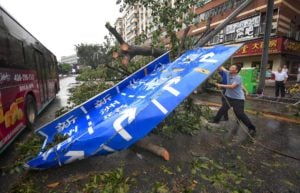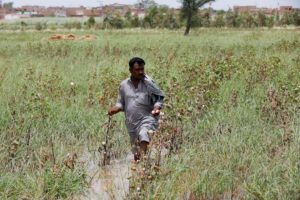Climate change is destabilising the freshwater supply on which all life depends. Multiple disasters in 2022 drove home the point that we have entered an era when at any one time we may have too much or too little water.
This comes on top of ill-planned interventions in the water sector – all too common in South and Southeast Asia – in the form of dams, canals, overuse of groundwater, pollution and the failure of governments to reach sustainable agreements on water use.
Here, we highlight the top four stories from 2022 that focused on water.
Decades on, Pakistan is still seeking a Kabul River agreement
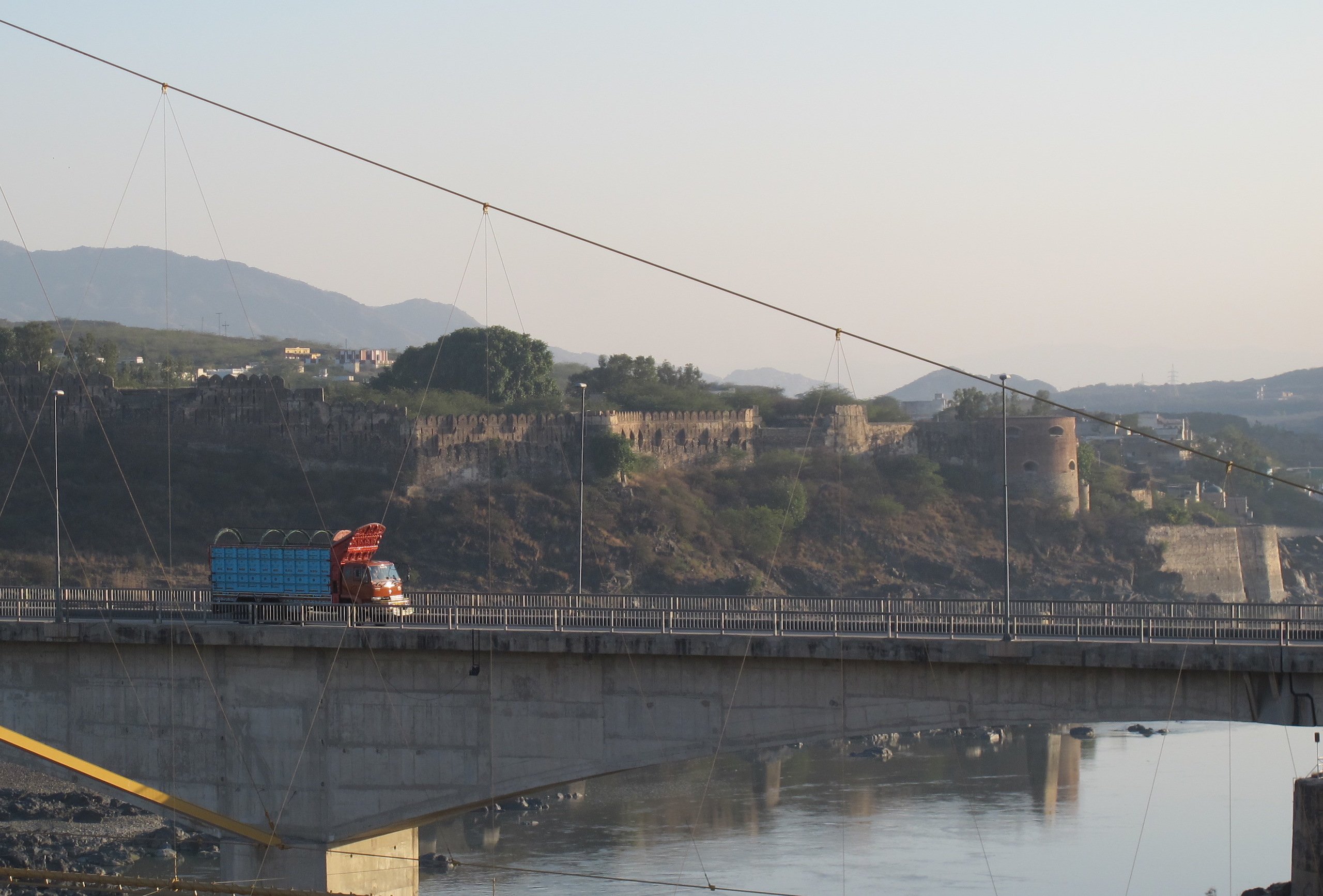
Fawad Ali, May
There is plenty of analysis on the security aspects of Afghanistan-Pakistan relations, but little on a basic cause of insecurity to people in both countries. An estimated 20 million people depend on the waters of the Kabul River, which flows from Afghanistan to Pakistan, where it meets the Indus.
The absence of a government that can fully control its territory for long periods in upstream Afghanistan has hampered efforts for a treaty agreeing the management and allocation of the Kabul River’s waters. Pakistan has been seeking a treaty for decades, but prospects remain dim; an official in Afghanistan told our reporter that the country is “not in a position to sign a treaty”. In recent years the problem has been compounded because Afghan governments have planned up to 12 dams on its stretch of the Kabul River. Pakistan has consistently objected to this, arguing that its barrages and canals will not receive enough water if Afghanistan builds similar structures upstream.
A further dimension to this is the problem of pollution and low water levels in the Kabul River. In a separate story, The Third Pole looks into how this poses a risk to millions of people.
Read the full story here.
Floods disrupt monsoon weddings in Bihar

Alok Gupta, June
In north Bihar, a land of rivers, the June-September monsoon is traditionally a time of bounty and therefore a time to celebrate. This is one of three wedding seasons in India.
But Bihar is now India’s most flood-prone state. Every year, almost 80% of the population in north Bihar is impacted by flooding during the monsoon months, with culture and traditions being affected alongside agriculture.
The Third Pole’s reporter told the story of a groom who went to great lengths to avoid having to reschedule his wedding. Indian weddings are massive affairs, usually involving hundreds or even thousands of guests, and it is very costly and inconvenient to change plans, but that is exactly what the climate crisis is forcing people to do. In this case the groom was relatively lucky. With fears for the safety of his family, and sadness that certain customs couldn’t be performed, the groom reached his bride’s house by boat. The rituals were truncated, and the retinue limited, but at least the wedding happened on time.
Read the full story here.
Plastic river: Following the waste that’s choking the Chao Phraya

Wanpen Pajai, Mailee Osten-Tan, June
The Third Pole travelled the length of the Chao Phraya River in Thailand from its source to the sea, using multimedia to tell the story of how so much plastic ends up in the river.
From the rural upper reaches to the mangrove forests where the river meets the sea, the pollution load keeps increasing. The sources range from plastics used in agriculture to domestic waste and single-use plastics used by takeaways, and our reporter explores problems with recycling and Thailand’s waste management systems.
The issues that are highlighted are relevant beyond the Chao Phraya, as what is happening to the river is an illustration of the state of almost all rivers in the region.
Read the full story here.
Climate scientists explain Pakistan’s ‘unprecedented’ floods
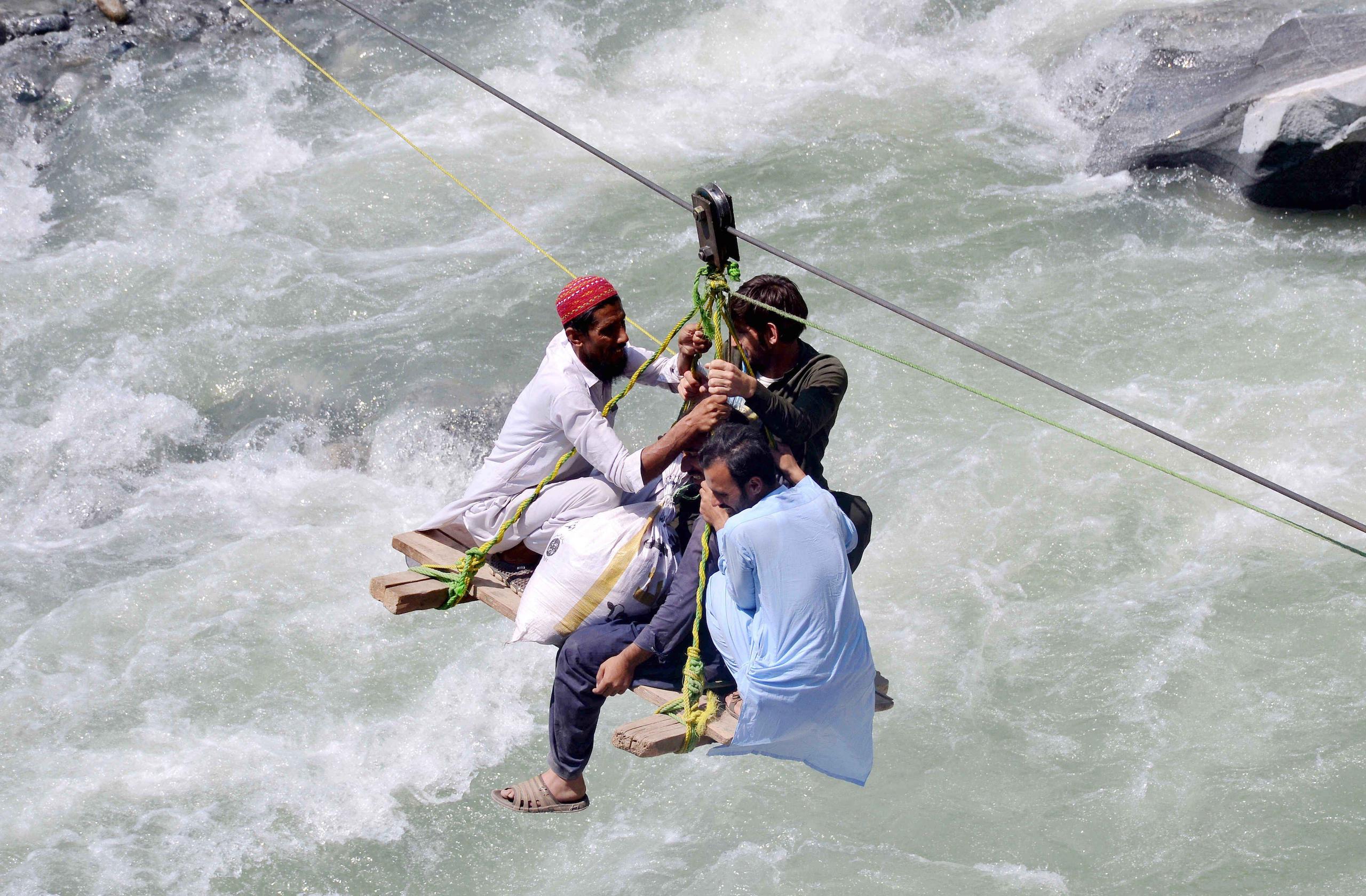
Rina Saeed Khan, September
An analysis of the connection between climate change and Pakistan’s devastating floods was one of the most widely read articles on The Third Pole this year. Monsoon rainfall was four times the long-term annual average in the southern provinces of Sindh and Balochistan. Climate scientists have now established the connection between the heavy rainfall and the La Niña weather pattern, which has been strengthened by climate change.
The heavy rainfall was clearly an impact of climate change – a late monsoon storm that started in the Bay of Bengal, travelled across India and was then blocked by the mountains of Balochistan, where the rainfall was unleashed. But the scale of the devastation was also due to problems with water use and land management, experts said.
In the aftermath of this, Pakistan made a strong case for reparations for this loss and damage at the UN climate summit in November. Prime minister Shehbaz Sharif and environment minister Sherry Rehman spent days in Sharm El-Sheikh, repeatedly emphasising the point made at the country’s pavilion: “What goes on in Pakistan won’t stay in Pakistan”. Observers felt that this push was one of the big reasons why a loss and damage fund was launched at the 2022 summit.
Read the full story here.

